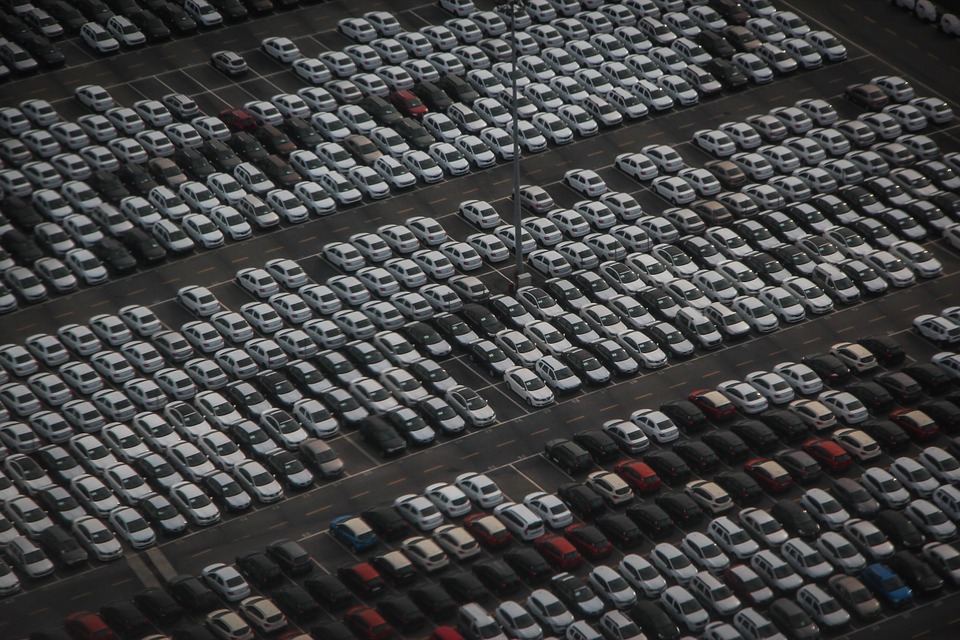How to Increase Parking Availability
As parking woes haunt urban areas, a pertinent question facing most facility owners is – how can we increase parking availability without building new spaces? Brand new construction is costly, inconvenient, time-consuming, and thanks to shrinking real estate, often non-feasible. The answer lies in integrating technology and using existing parking spaces innovatively to reduce costs and enable a smooth parking experience for commuters.
1. Revamping public transport
Public buses, trams and underground trains can help reduce parking woes. More commuters on the public transport system mean less personal vehicles on the roads. This reduces both the demand for parking space and rush hour traffic. It also reduces a city’s carbon footprint.
2. Valet parking
Well-coordinated and trained valet parking services at clubs, shopping malls, hospitals, and commercial buildings can allow for double and triple parking as attendants retain visitor keys. The additional capacity created can be used to fit more cars in less space. Customers will also find it easier to retrieve their cars through a well-timed text to the valet parking service. Ultimately, this reduces traffic congestion and supports a smooth parking experience.
3. Shared parking
Facilities may have different peak hours depending on the influx of visitors. Shared parking allows for utilizing parking spaces that stand empty during a facility’s off hours. Apart from increasing parking availability, this will also result in additional revenue for the facilities involved in the arrangement.
4. On-street parking
This option can only be exercised if the road is wide enough. If municipal regulations allow for it and parking spaces on the side do not hold up traffic even during peak hours, on-street parking can be offered. Parking lines may be added to maximize space. In addition, angled parking can fit more vehicles than parallel parking and should be considered.
5. Size-specific spaces
Subdividing each parking space according to vehicle size can maximize space utilization. All vehicles do not require an equal amount of parking space. Sedans, SUVs, and motorcycles require different amounts of parking space. It is important to make sure that vehicles are grouped according to size and parked in designated areas only. This can create more space in a limited parking lot.
6. Using shared transport
Car-pooling to work or hiring shared cabs can remove the necessity of looking for a parking space. In addition, the number of vehicles operating will reduce.
7. Smart parking solutions
Smart parking comes to the rescue of urban parking woes, deploying sensors, cameras, data analytics, smart parking meters, and advanced algorithms to enhance a facility’s operations. Companies such as Get My Parking leverage technology to help facility owners streamline operations, monitor availability, set the right pricing, all of which serve to increase space availability without the need to construct new lots.
The battle for parking space continues. However, with creativity, ingenuity, and technology, it is possible to increase parking availability without building new lots, making parking a smooth, hassle-free proposition for both commuters and business owners.

